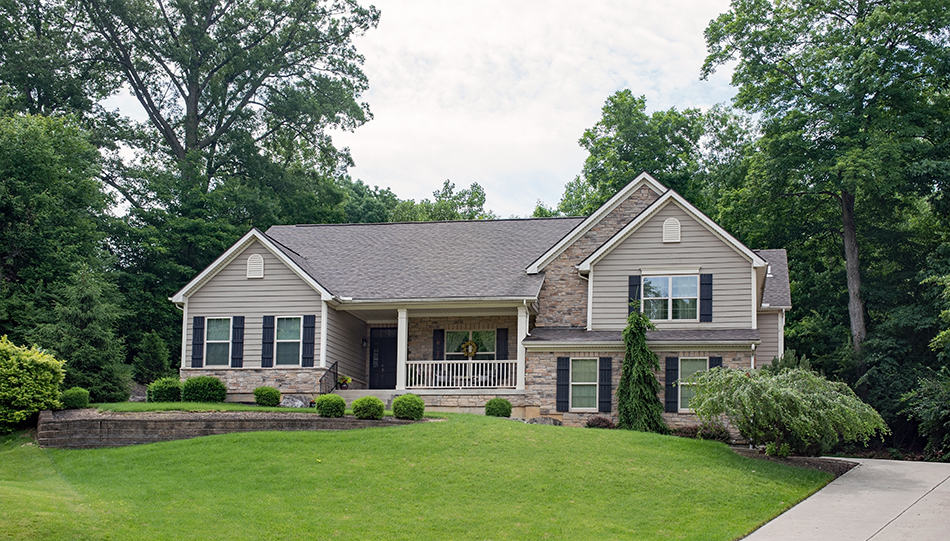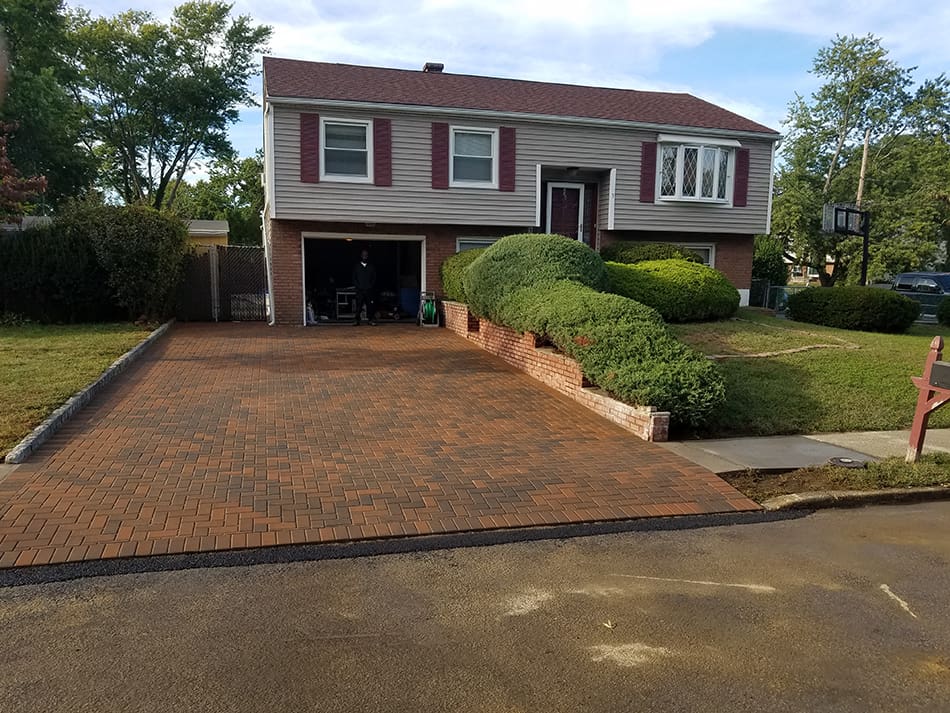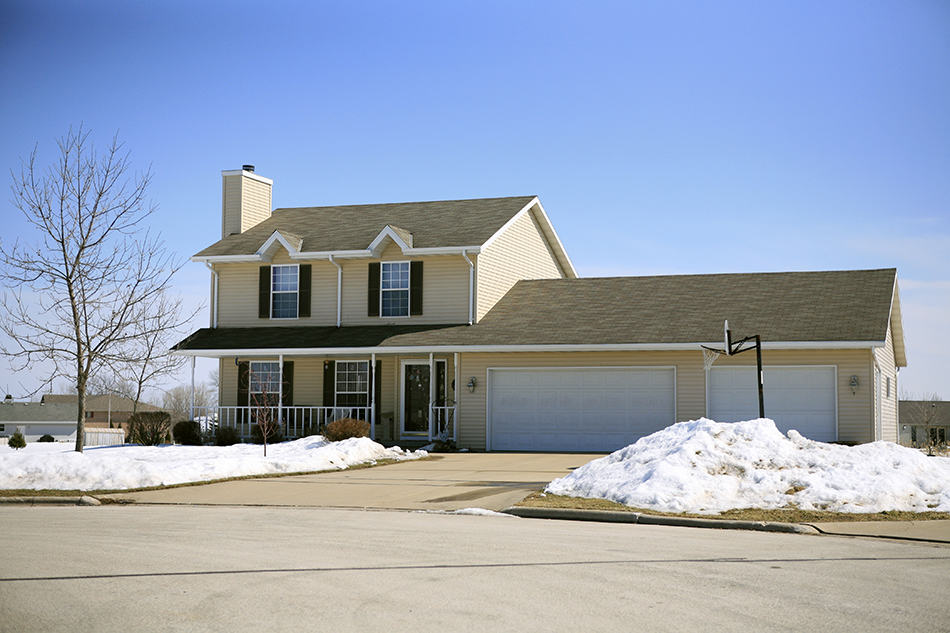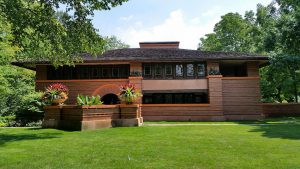Split-level homes often get a bad rap among those who first enter real estate. Up until a few years ago, they were widely considered to be a “difficult sell” or to cost less per square foot.
This was partly because the style was considered dated and partly because of some rare but well-publicized architectural horrors. Many old split-level layouts can indeed be awkward.
However, there are many types of split-level homes – and many of these models look attractive and enticing for any family. Because of this, they have become progressively more sought after over the past decade, and their market value is slowly increasing.
What is a Split-Level Home?
A split-level home is a single-family unit, usually detached, that has two or more staggered floors. Regular “two-story” homes usually have a ground floor and a second floor immediately above them, connected by a full staircase.
On the other hand, split-level homes offer one or two short staircases, which are placed around the foyer. Then, they open into a half-second floor and a half-basement.
Why are Split-Level Homes Cool?
Split-level homes offer you the opportunity to have a wide, sprawling space (think of a ranch-style living room) beneath your bedrooms without using as much terrain. In that sense, as they offer more built-up area when compared to their total footage, they provide a remarkably good value.
In other cases, a split-level layout can help you have a basement or semi-underground game room in a place where soil conditions wouldn’t support a deep basement. In addition, in hilly areas, split-level homes are a great solution for properties that are located on an incline – and if your designer plays their cards right, this can open beautiful vistas for your everyday use.
On a practical level, split-level homes can offer:
- Better separation between “public” and “private” parts of the house
- More distance between “noisy” and “quiet” areas of the house
- Create natural boundaries for inter-generational families
- Make it easier to separate a home office from the rest of the house
Types of Split-Level Homes
Any of these types of split-level homes can be elegant and daring or awkward and cramped. It will all depend on the execution! That being said, many of these layouts have specific advantages and weaknesses that you will need to take advantage of.
Traditional split-level
A traditional split-level layout will keep its entrance and foyer fully on the ground floor. This will be accompanied by smaller sets of stairs leading to the other levels. Usually, this layout is used for tri-level homes – so expect to find two sets of stairs, one going up and another one going up.
Under a traditional split-level layout, the kitchen, living room, or home office will be on the bottom or semi-underground floor. You may also have a half-bathroom or a guest bathroom on the bottom floor. Meanwhile, the bedrooms and main restroom will be on the top floor.
Bi-level or split foyer
In a bi-level or split foyer home, you can expect to find similar sets of stairs as in a traditional split level. However, this model does away with the foyer or a ground-level sitting area. This means that the main entrance door will open directly into the stair’s landing.
This usually allows for larger top floors with very high ceilings. However, this may take away some vertical space for the bottom floor. Because of this, the bottom floor in a split foyer home may need to be reserved for a man-cave or game room, accompanied by the garage. This may also mean that you will need to install additional ventilation features for your kitchen.
As bi-level homes usually keep the garage as part of the same “main structure” as the rest of the house, this layout is great for small lots of land. In heavily urbanized areas, you can also expect to find bi-level attached or semi-detached townhouses.
Stacked split-level homes
A stacked split level usually offers more than two or three floors stacked on top of each other. In these homes, the front door opens into a small foyer, from which three to five sets of stairs will come out. At least one of these will lead down to either a basement, storage room, or kitchen. The other sets of stairs may lead to additional bedrooms. The kitchen and living room are then placed in a half-room between the bedroom floors.
Stacked split-level homes can grow very large and are very practical for multi-generational families. In addition, it can provide relatively large spaces and high ceilings if aided by the terrain’s elevation. Finally, the stacked foyers can create small nooks and sitting areas, which can then provide additional privacy to sub-sections of the household.
Split entry homes
Another style that makes it easy to include three or more separate levels is that of “split entry homes.” At first glance, split entry homes are very similar to split-foyer ones. However, in this model, the home’s main entrance will not be at ground level. Instead, expect a set of stairs or porch that raises the main entrance, placing it between two full levels.
By raising the entrance, split entry homes can stack an additional floor on top or offer a full-sized basement without making any level feel too “remote” or trapped.
In large lots of land, the “entrance foyer” can even constitute its mini wing, with additional stairs from either side. This is great for contemporary homes that want to keep all levels visible from outside – perhaps, by embracing the cube-like additions. In these cases, it is also very easy to create an additional living room, TV room, or fireplace directly around this entry foyer.
Raised ranch
The raised ranch split-level layout usually offers only two levels, but it creates very nice, wide-open spaces. In this layout, the entrance is also slightly raised (but rarely as much as on a split-entry home). Then, the entrance hall opens directly across a full flight of stairs leading to the house’s “private areas” – such as bedrooms, library, or study room. In some models, the top floor will also include the kitchen.
Meanwhile, living rooms and dining halls are often placed on the ground level but within sight of the top floor, connected by loft-like rails or balconies. The bottom floor of a raised ranch home is often partially underground, and it often includes the garage, workshop, or game room.
In flood-prone areas, an iteration of the raised ranch places the entrance on stilts and moves the kitchen or living room upstairs. Then, the ground floor is left open for the garage, a covered backyard or sun porch, or an entertaining area.
How to Ensure your Split-Level Home Reaches its Full Potential
When well-executed, split-level homes can be worthy of an architectural magazine – but when they aren’t, they stay true to the old stereotypes about their desirability.
Even if you don’t have access to an award-winning designer, you can still get a pleasant and comfortable look on a split level. The key is to play up to each layout’s strengths and to complement them with the right landscaping.
Some key points to keep in mind include:
Don’t shy away from reality
Often, split-level homes look odd or too wide from the sides. This is particularly likely to happen when designers try to “hide” the different levels from the outside. This can make the window placement look awkward from the outside, which can harm your curb appeal.
If you want to avoid this, find ways to keep the different levels visible from the outside. You can do this by simply adding trims around each ground level. Alternatively, you can create a small wing on your bottom level that sticks out from the top one. This will allow its roof to be visible without passers-by thinking something looks “off.”
Steer clear from over decorating
Split foyer and split entry homes are a favorite layout for townhouse builders. Because of this, they can often be slightly smaller or be semi-detached instead of standing by themselves.
In these cases, the priority is often to fit as much as possible in a relatively small space. Although you will have a larger “roofed area” than in a regular two-story home, you don’t want the home to look cramped.
For your common areas, identify the pieces of furniture that you must have and avoid adding any extra ones. For the outdoor accents, stick to one “theme” or influence and only add any extra elements that merge well with the whole package.
Use your landscaping to create balance
Standalone or suburban split-level homes often have more surrounding space in which to play around. Your choice of shrubbery, nearby trees or flower beds can be a great opportunity to “even out” an otherwise asymmetrical structure.
For example, you can add a tall tree on the lower side of the home, close to the lower level. You can also make any slopes appear mellower by adding shrubs or flower hedges.
Be generous with your windows
A frequent issue with traditional split levels and stacked homes is the lack of natural light and air circulation. This is easily avoidable by placing wide, tall windows whenever you can. If your bottom floor is partially underground, you may need to limit windows to the top third of the walls. However, you can place these strategically to create air currents and round-the-day sunlight.
On the top floor, you will probably have more room to play with. Finally, consider adding at least one window next to a staircase.
Final Thoughts
The first generation of split-level homes may date back to the 1970s – but the layout has garnered a renewed interest thanks to their efficient use of space. Right now, many are still slightly cheaper than regular two-story detached homes. However, as their price rises, they establish themselves as a solid, safe investment.








